The smallest one celebrates a birthday, a state-of-the-art test center begins operations, electric mobility begins to gain real momentum in all segments, and the company restructures.
,xPosition=0,yPosition=0.5)
Electric mobility gains momentum
Mercedes-Benz AG
Mercedesstraße 120
70372 Stuttgart
Germany
Phone: +49 7 11 17-0
E-Mail: dialog@mercedes-benz.com
Please send queries about content on this website to any contact. You can address your concerns to us in English and your respective national language.
Represented by the Board of Management:
Ola Källenius, Chairman; Jörg Burzer, Mathias Geisen, Olaf Schick, Michael Schiebe, Britta Seeger, Oliver Thöne, Harald Wilhelm
Chairman of the Supervisory Board: Martin Brudermüller
Court of Registry: Stuttgart; commercial register no. 762873
VAT ID: DE 32 12 81 763
All information about our products can be found on your country-specific Mercedes-Benz product page.
,xPosition=0,yPosition=0.5)
Electric mobility gains momentum
The smallest one celebrates a birthday, a state-of-the-art test center begins operations, electric mobility begins to gain real momentum in all segments, and the company restructures.

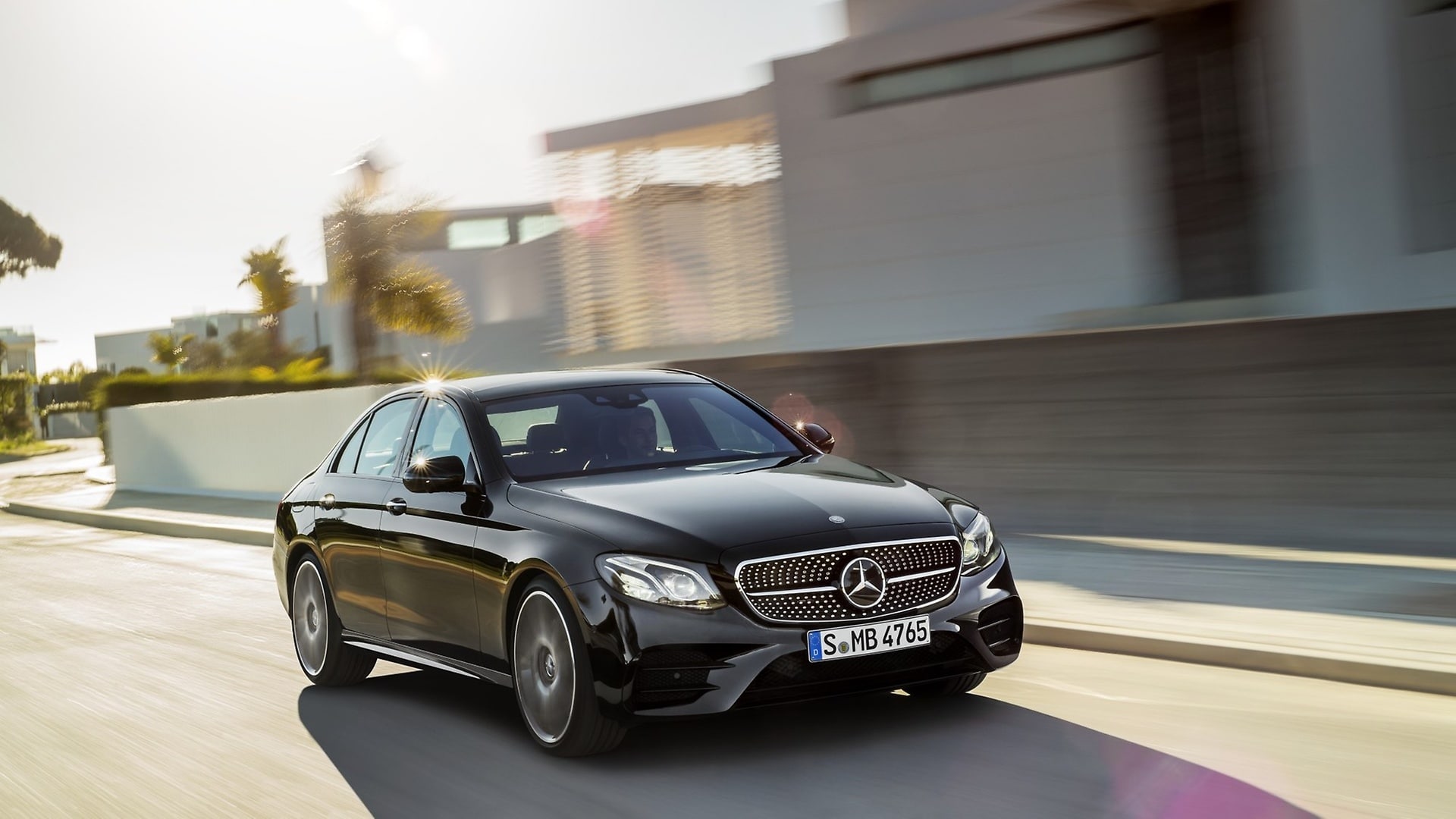
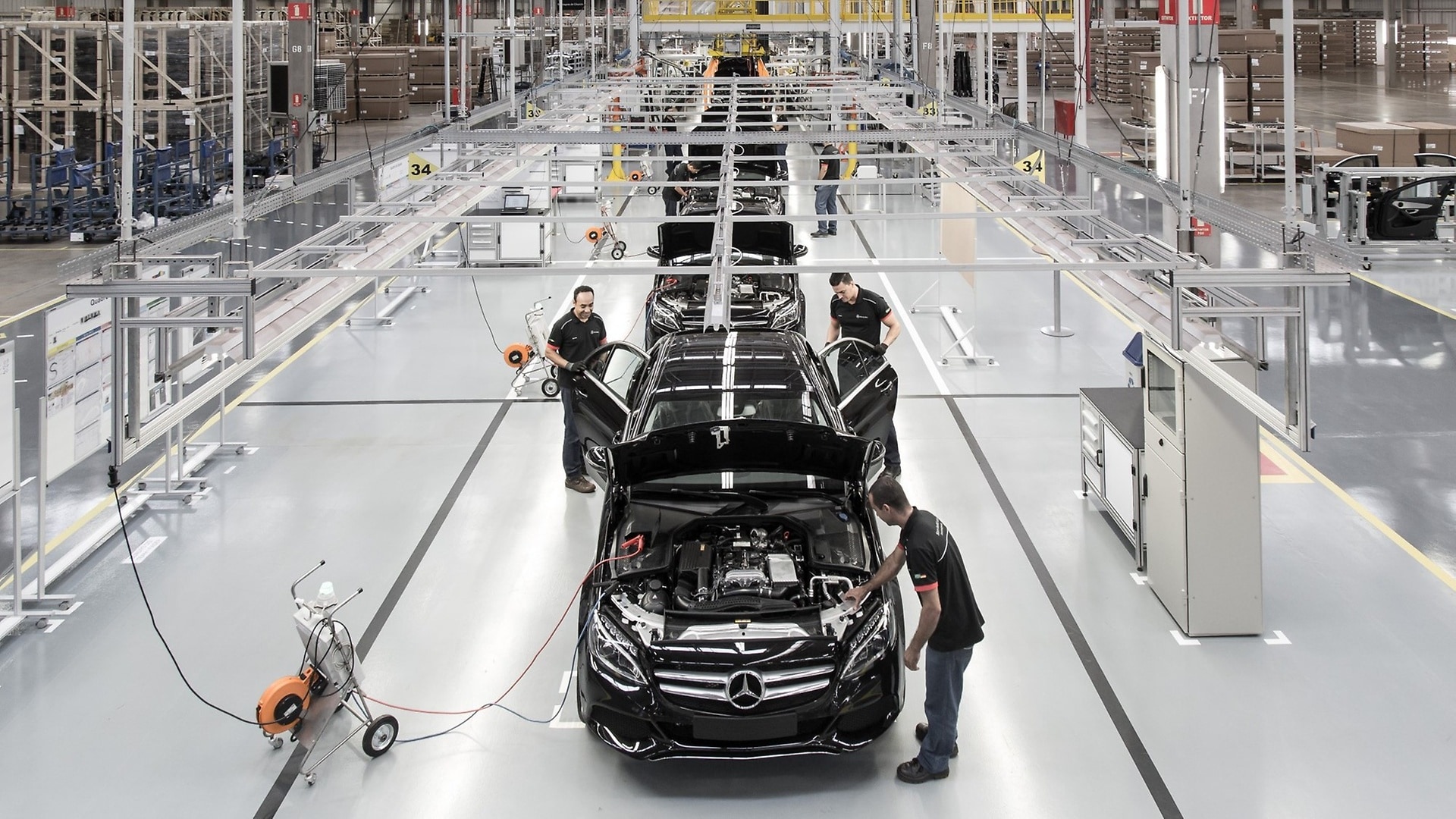
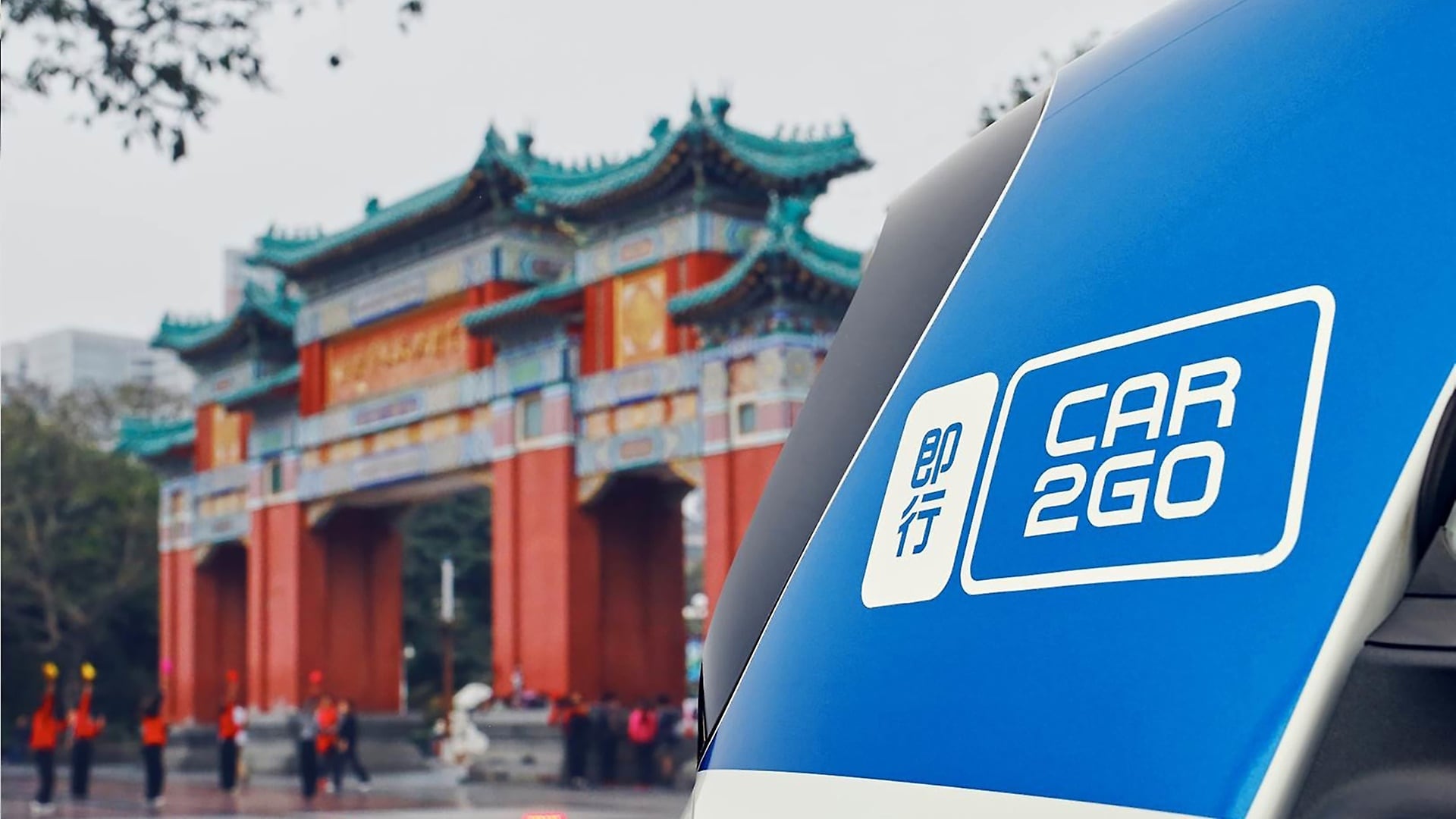
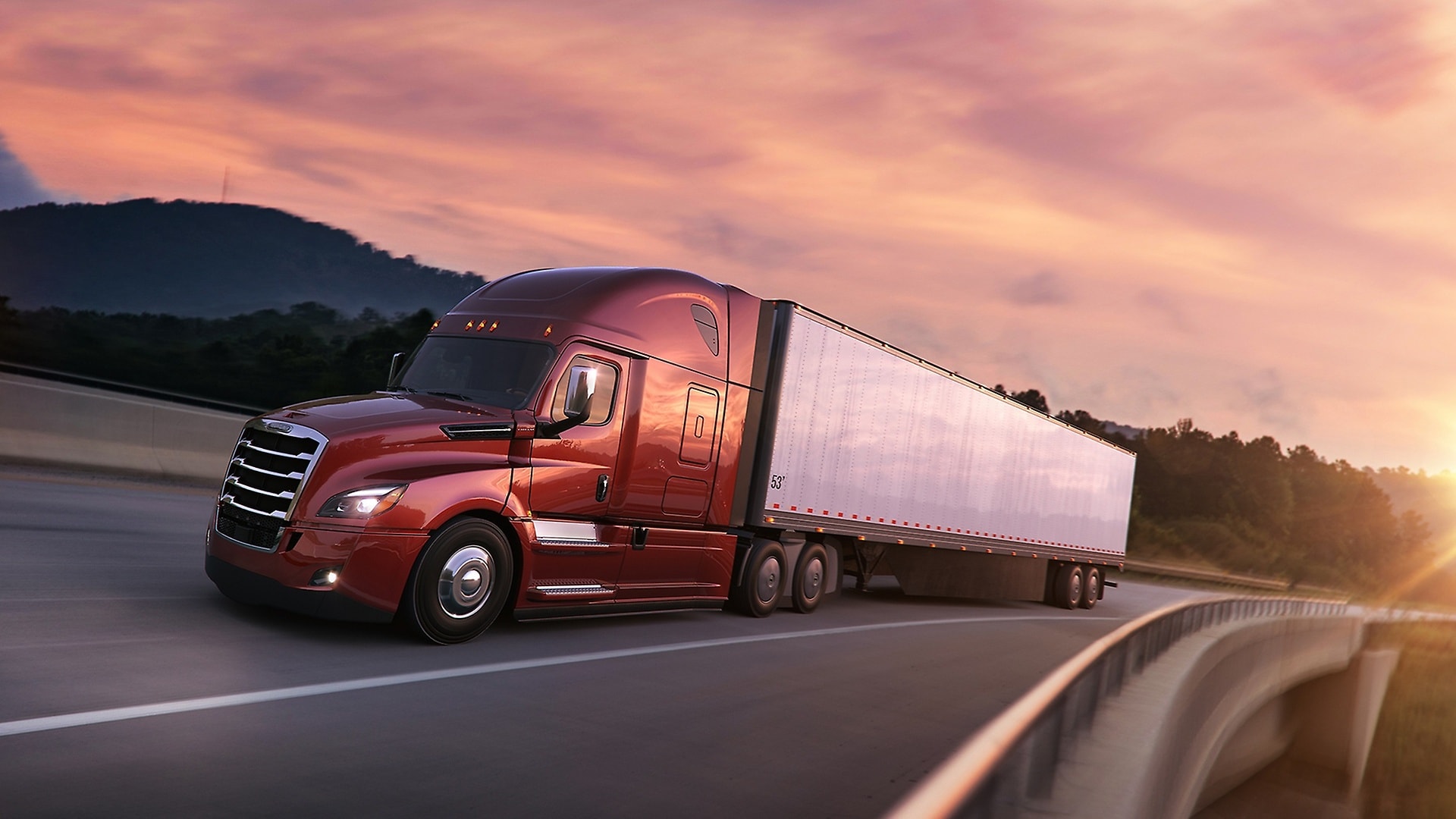
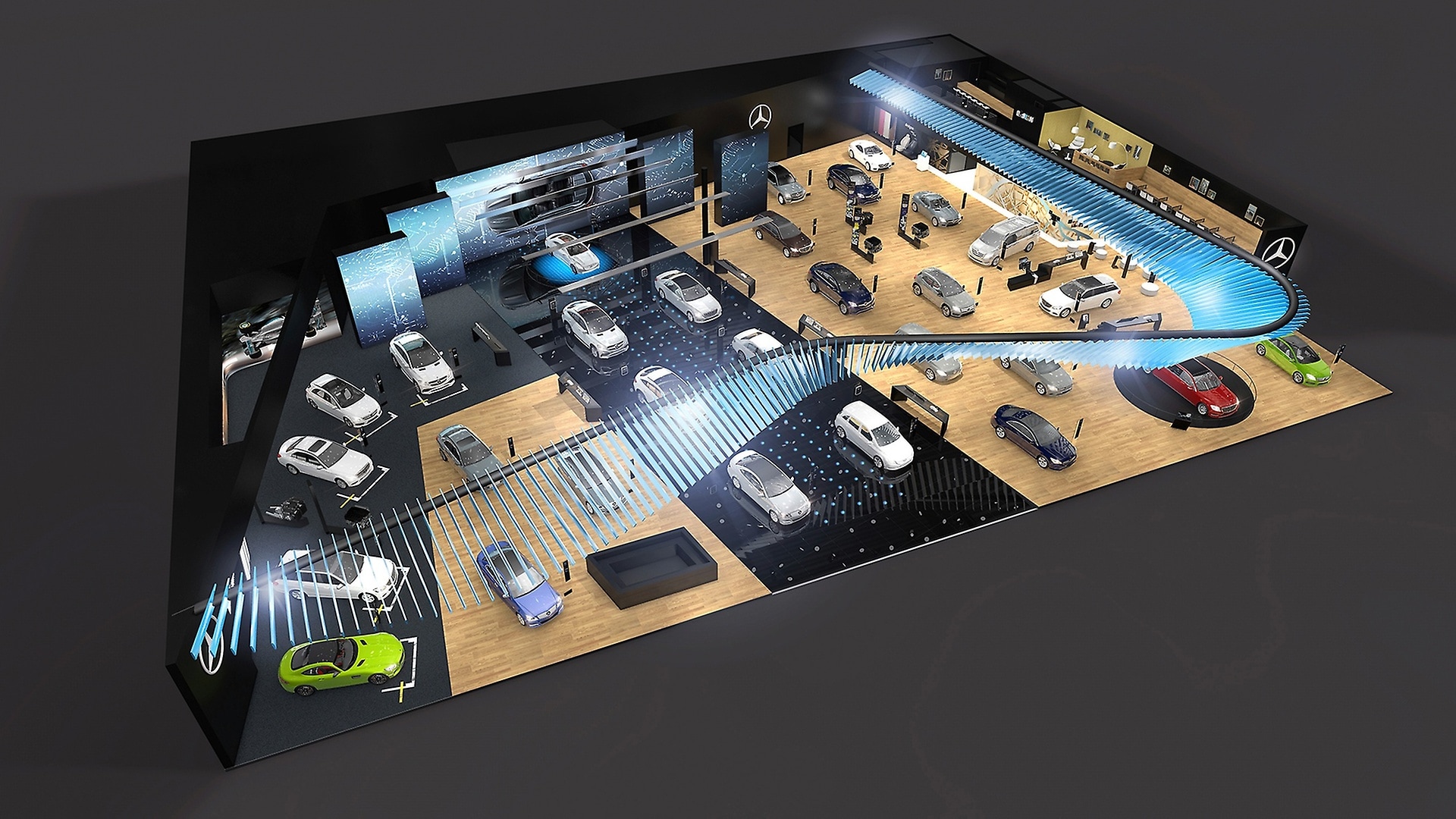

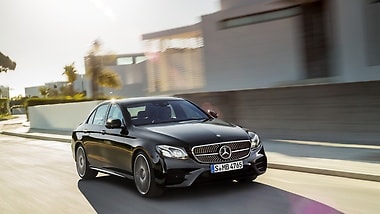
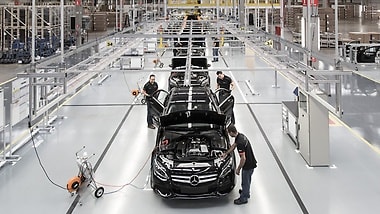
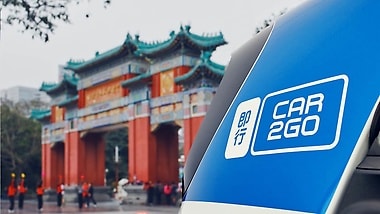
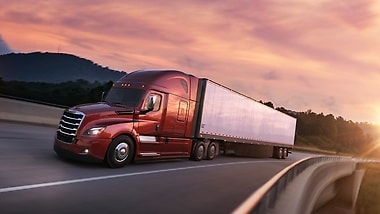
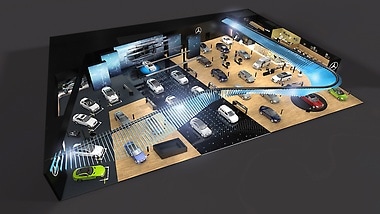
The Supervisory Board of Daimler AG appoints Renata Jungo Brüngger as a member of the Board of Management with effect from January 1, 2016. She assumes responsibility for Integrity and Legal Affairs as a successor of Dr. Christine Hohmann-Dennhardt.
Mercedes-Benz takes a big step into the future with the new E-Class, which has its world premiere in January 2016 at the North American International Auto Show in Detroit, billed as a "Masterpiece of Intelligence". The tenth-generation business sedan features highlights such as a distinctive and emotive design as well as a high-quality, exclusive interior. What's more, a wealth of technical innovations celebrate their world premiere in the E-Class. They enable comfortable and safe driving at levels not seen before, as well as a new dimension in driver assistance.
Daimler plans to invest a total of €1 billion in the global battery production network. This significantly expands production capacity for lithium-ion batteries at Daimler subsidiary Deutsche ACCUMOTIVE, located in Kamenz, Saxony. Daimler plans to invest about €500 million in the construction of a second battery factory.
Mercedes-Benz starts local car production in Brazil at a new plant in Iracemápolis. The company invests over 600 million real in the new plant. The first models to roll off the production line in Iracemápolis are the C-Class Sedan and the GLA compact SUV.
car2go opens its first Asian site in Chongqing, a city with a population of 30 million in central China. The Daimler subsidiary is thus the first international company from the West to implement the concept of spontaneous car-sharing mobility in China. car2go launches in Chongqing with the brand phrase 'JiXing' ('drive off immediately'), initially with around 400 smart fortwo models.
Daimler plans to invest around €500 million in a new production location in Poland and to create several hundred new jobs. Four-cylinder gasoline and diesel engines for Mercedes-Benz cars are to be produced in Jawor.
The new Cascadia sets new standards for connectivity, fuel efficiency, and safety. An exclusive new connectivity platform allows automated efficiency and safety analyses. The aerodynamic shape and the state-of-the-art drive components help cut consumption by up to 8% compared with its predecessor.
Mercedes-Benz Cars focuses on electric mobility and the digital revolution at the Paris Motor Show: Celebrating its world premiere is the Mercedes-Benz Concept EQ, which presents a tangible vision of an all-new vehicle generation with battery-electric drive. Other cars celebrating their world premiere include the electric drive versions of the new smart fortwo, the smart fortwo cabrio and, for the first time, also the smart forfour.
The car-sharing provider extends its market-leading position in Europe and around the world. car2go now has more than two million registered users worldwide. One of the 14,000 vehicles at 30 locations worldwide is used every 1.5 seconds.
A wholly-owned subsidiary of Daimler AG, Mercedes-Benz Energy was established in 2016 at the battery plant in Kamenz in the German state of Saxony in order to offer internationally innovative solutions in the segment of battery storage for electric vehicles.
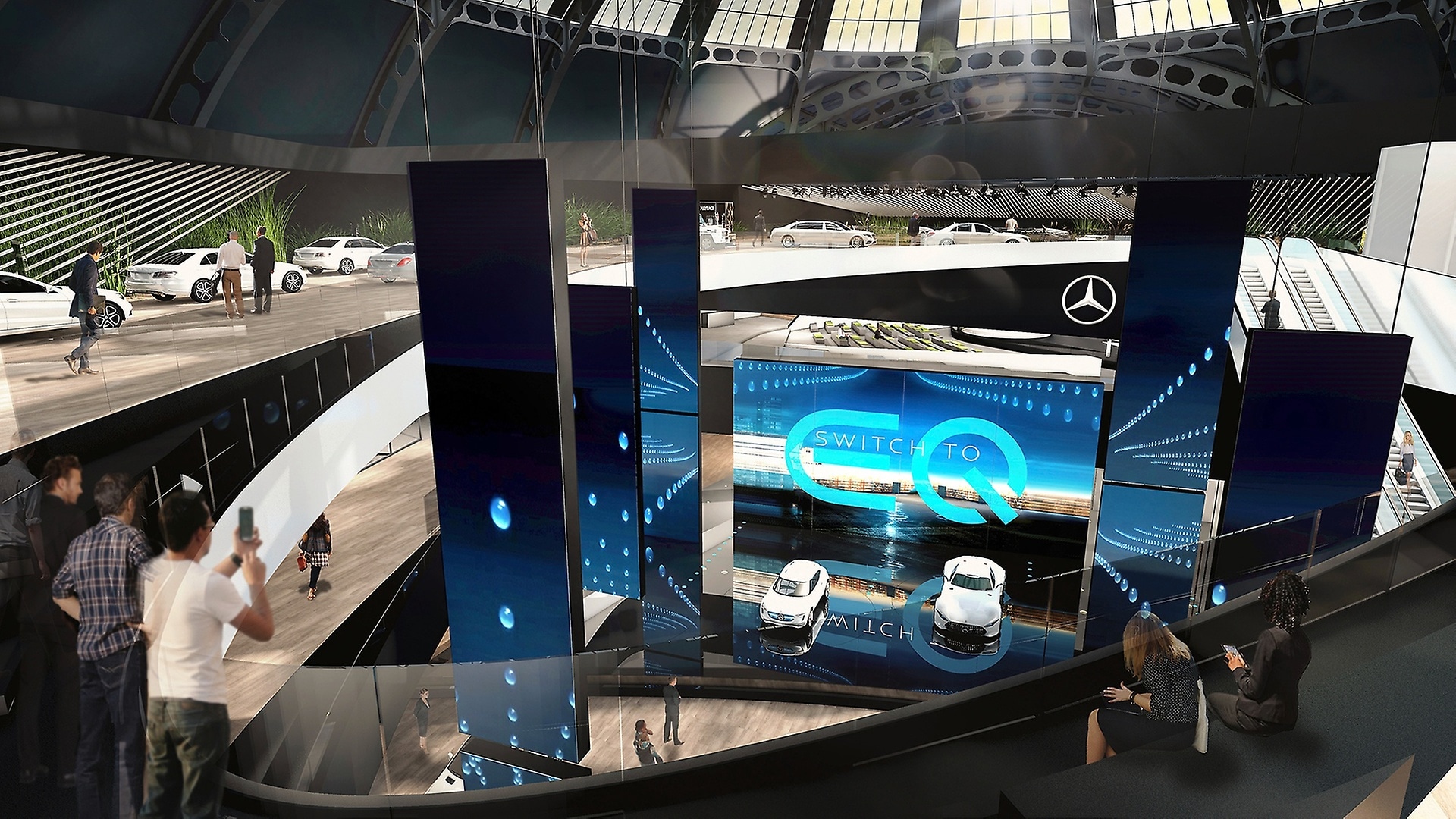


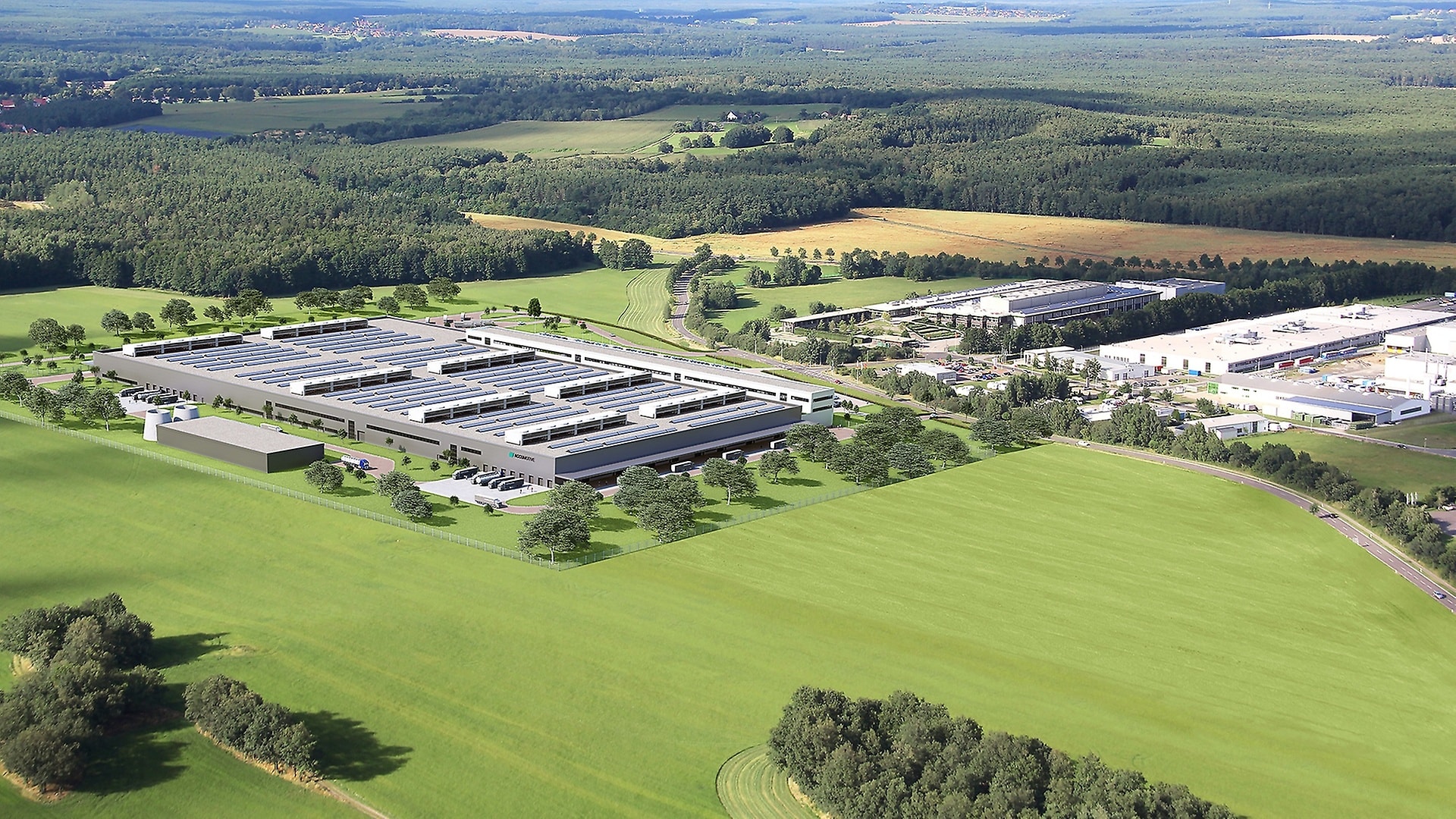
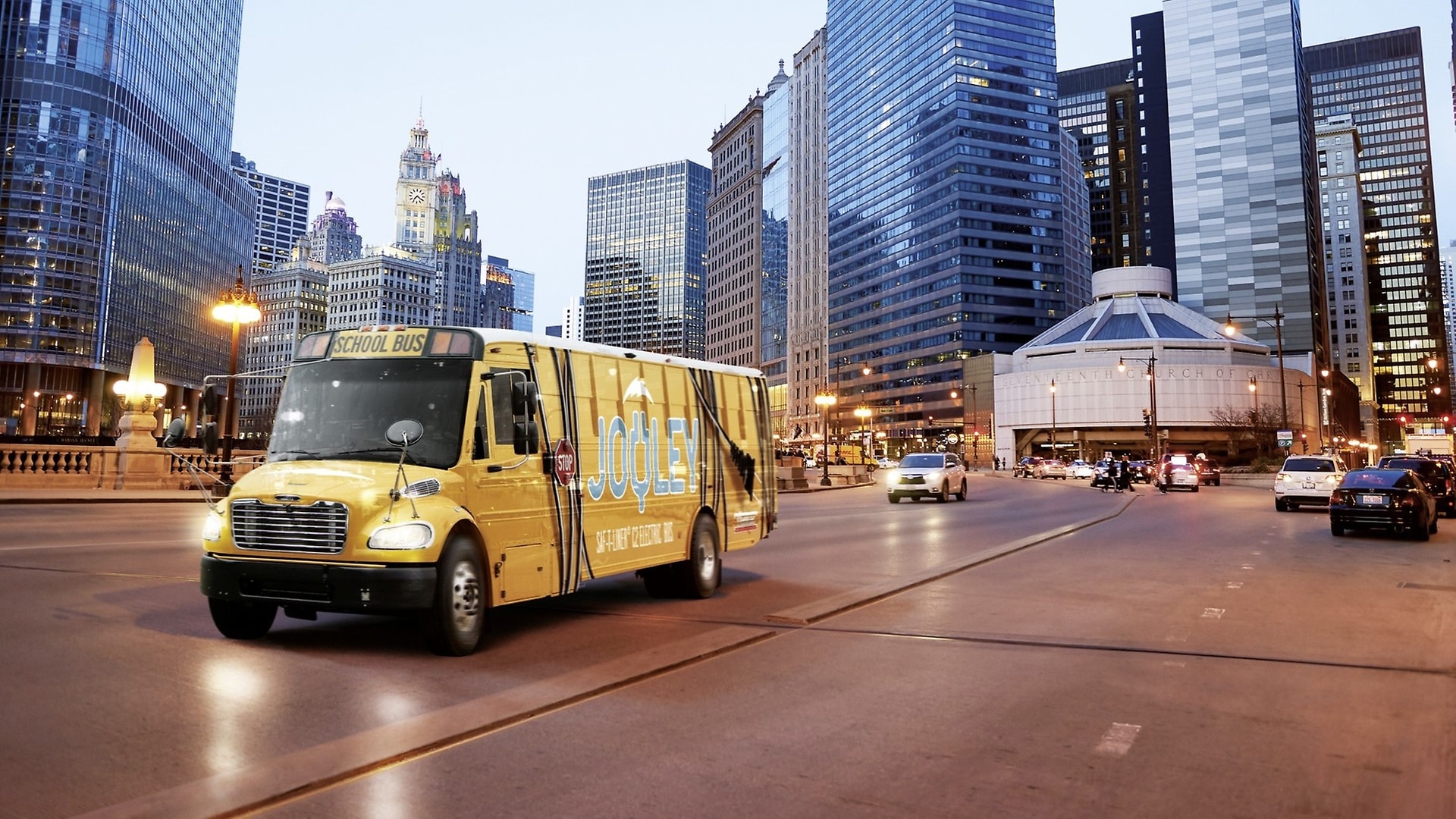
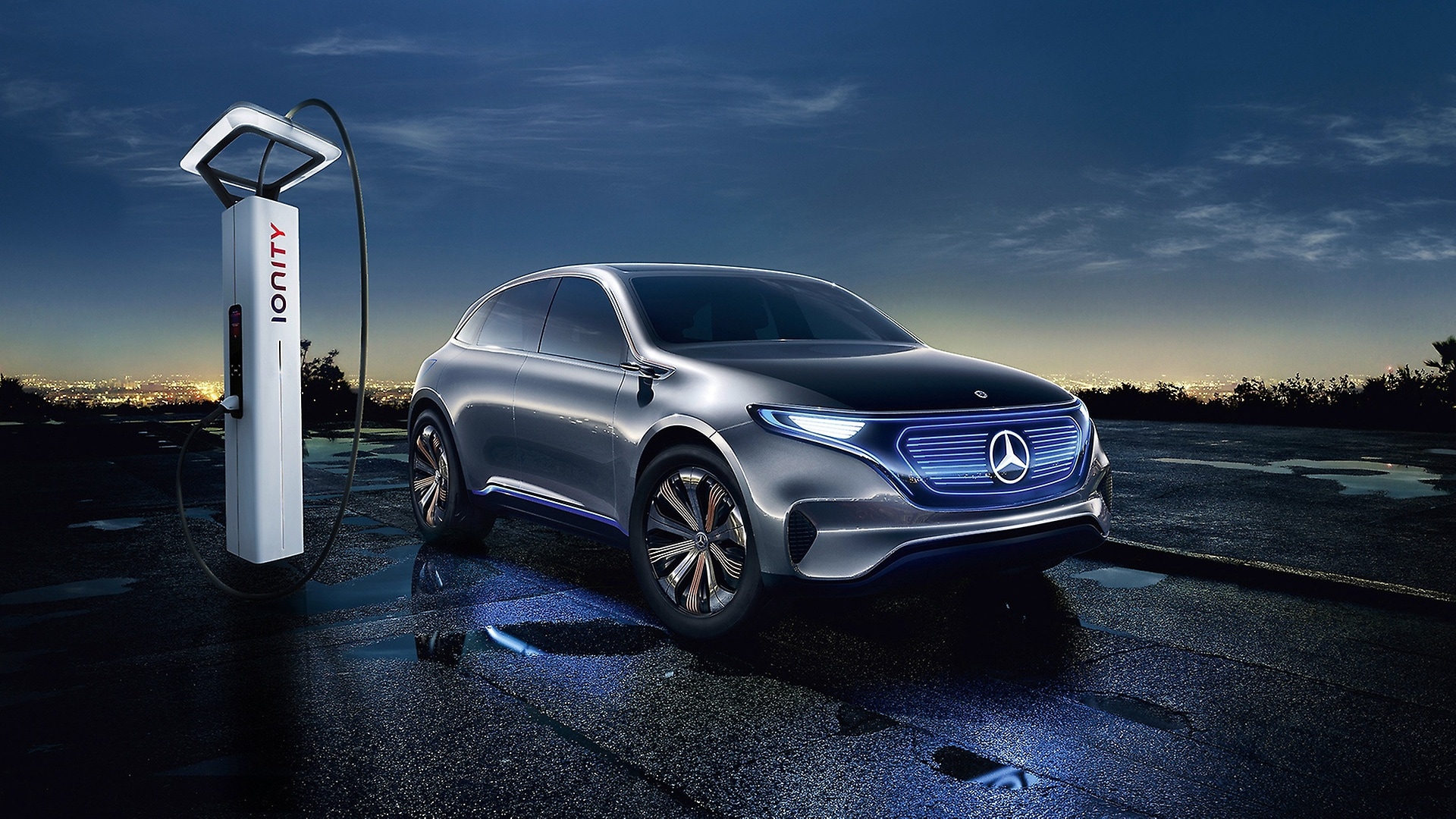
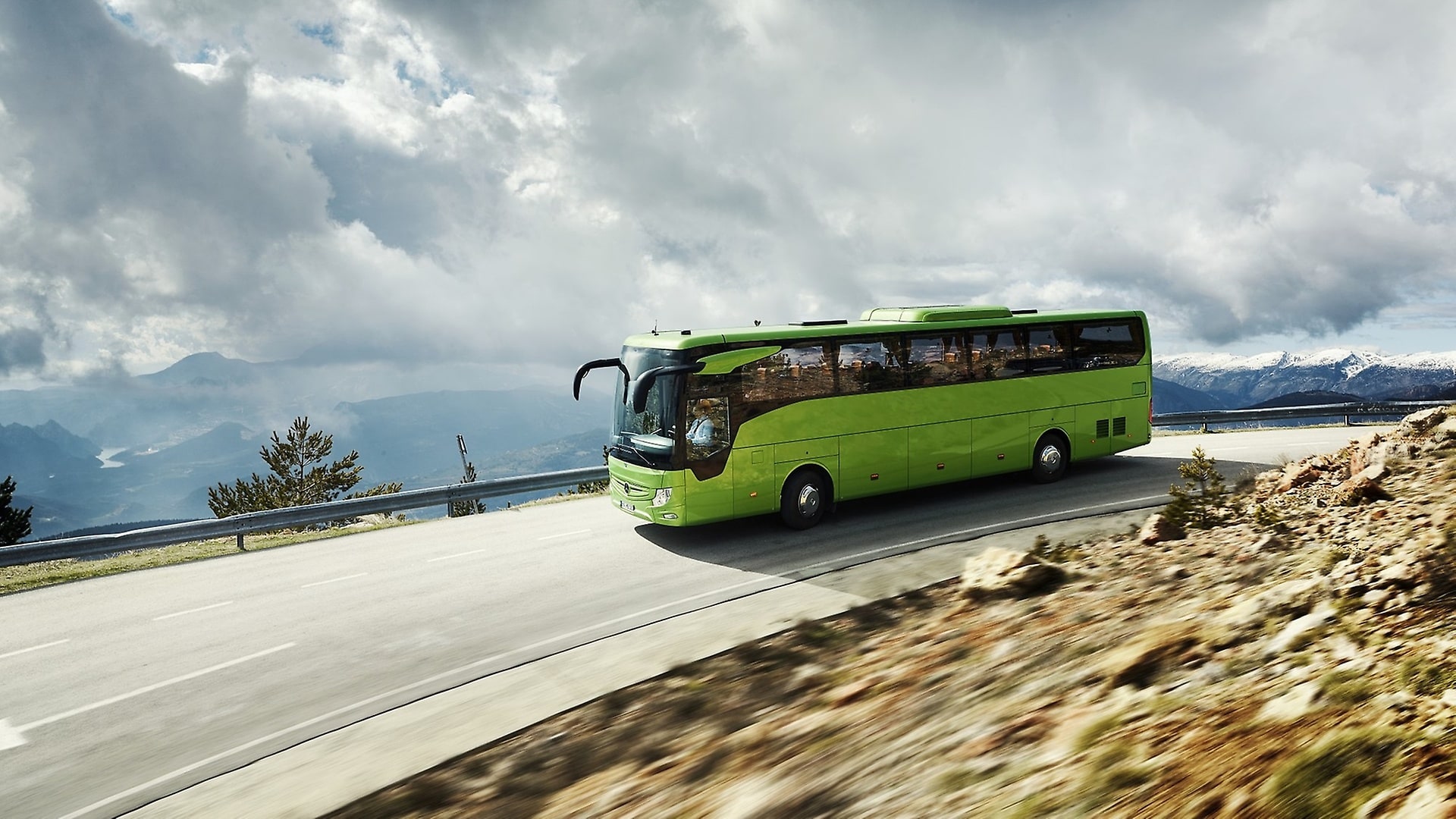

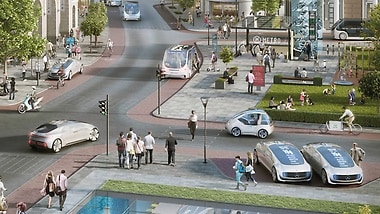
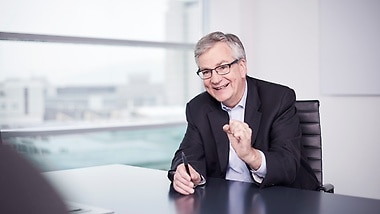
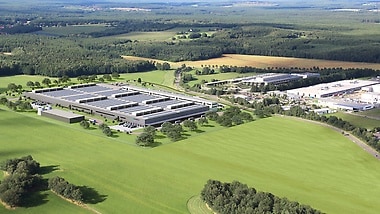

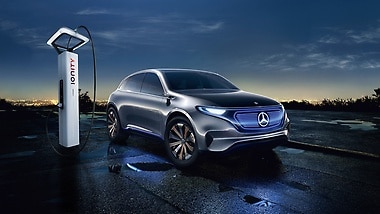
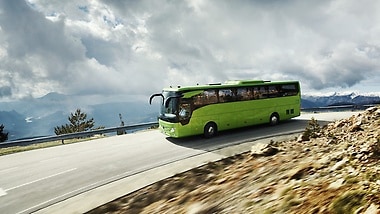
Presentation of the preproduction models of the new Mercedes-Benz GLC F CELL by Mercedes-Benz represents the next milestone along the way to emission-free driving. For the first time anywhere in the world, innovative fuel cell technology and battery technology are combined here to create a plug-in hybrid. With its enhanced range and performance, the S 560 e presented at the IAA in 2017 (combined fuel consumption: 2.1 l/100 km, combined CO2 emissions: 49 g/km, combined power consumption: 15.5 kWh/100 km) represents the very latest generation of plug-in hybrids. Its range in all-electric mode is around 50 kilometers. The key factor here is the higher rated capacity of the new lithium-ion battery, at 13.5 kWh, for the same size of battery.
Hermes and Mercedes-Benz Vans agree a strategic partnership for the electrification of the vehicle fleet of the parcel service provider. The focus is on the economy, sustainability, and practicality of locally emission-free delivery vans when used for the 'last mile'. Hermes aims to put 1,500 Mercedes-Benz eVito and eSprinter vans into service successively in urban areas across Germany.
Bosch and Daimler work together to advance the development of automated and driverless driving. The project combines the overall vehicle expertise of the world's leading premium manufacturer with the systems and hardware expertise of the world's largest supplier.
The Supervisory Board of Daimler AG appoints Martin Daum as the member of the Board of Management for Daimler Trucks and Daimler Buses, with effect from March 1, 2017. The appointment is for five years. He succeeds Dr. Wolfgang Bernhard, who leaves the company of his own accord for personal reasons.
The X-Class sees Mercedes-Benz Vans entering a new market segment. The X-Class with space for up to five people complements the valued strengths of a mid-size pickup by adding hallmark Mercedes-Benz characteristics: driving dynamics, comfort, design, safety, connectivity, and broad scope for individualization.
With the groundbreaking ceremony for one of the world's largest and most sophisticated battery factories, Daimler AG takes another step forward in its electric initiative. With an investment of around €500 million, wholly owned subsidiary ACCUMOTIVE in Kamenz becomes the second factory for lithium-ion batteries.
Daimler and BAIC agree to jointly invest around €650 million for the production of Mercedes-Benz battery-electric vehicles at the local production location of Beijing Benz Automotive Co. (BBAC) in Beijing. As part of this strategic framework agreement, the partner companies prepare for local production of battery-electric vehicles at BBAC by 2020 and will develop the necessary infrastructure in China as well as R&D capacities.
At the Tokyo Motor Show, Daimler Trucks announces the full electrification of all FUSO truck and bus series in coming years. This makes Daimler Trucks the first manufacturer to have its own e-brand for trucks and buses. The first all-electric FUSO eCanter trucks are delivered to European customers in December 2017.
Thomas Built Buses, a subsidiary of Daimler Trucks North America, unveils the first all-electric school bus, scheduled to go into series production at the start of 2019. Thomas Built Buses benefited greatly from the electric know-how at Daimler AG during the development of the "Saf-T-Liner C2 Electric Bus".
By establishing the IONITY joint venture to develop a High-Power Charging (HPC) network for electric vehicles, Daimler and other manufacturers lay the foundations for developing the most effective fast-charging network in Europe.
Economical, safe, comfortable, functional – the new Mercedes-Benz Tourismo RHD high-decker touring coach is the new benchmark in its class. Available with a vastly expanded range of equipment variants and engines, the Tourismo RHD covers an extraordinarily wide range of applications. Its areas of application range from long-distance regular-service and touring routes to shuttle services, excursions, and occasional use on rural regular-service routes. Fuel consumption is lower primarily due to the optimized aerodynamics and the all-new, timelessly elegant body, including weight savings of about 4.5 percent compared with the predecessor model.
2017 also brought the series-production debut of the 48-volt on-board electrical system in the S-Class. The new inline six-cylinder gasoline engine features further trailblazing technologies such as the Integrated Starter-Generator and the electric auxiliary compressor.
The smart electric drive combines the agility of the smart with locally emission-free driving – the ideal combination for urban mobility. The smart fortwo coupe and smart forfour (combined power consumption: 12.9/13.1 kWh/100 km; combined CO2 emissions: 0 g/km) were followed in the summer of 2017 by the smart fortwo cabrio with battery-electric drive (combined power consumption: 13.0 kWh/100 km; combined CO2 emissions: 0 g/km). With torque of 160 newton meters, available immediately from start, the 60 kW of the electric runabout give it decidedly agile acceleration performance. A full battery charge gives it sufficient range for moving around in city traffic.
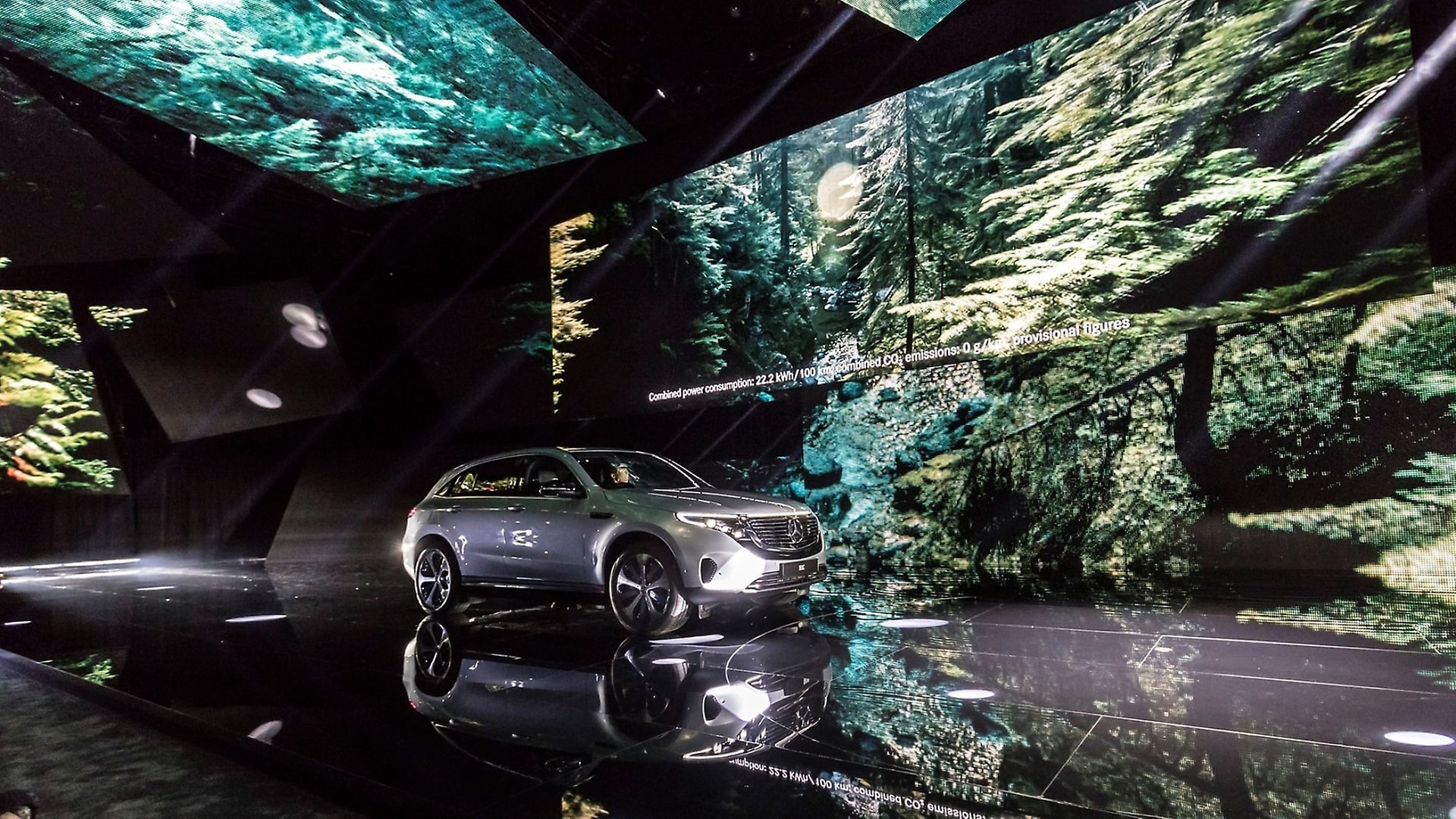


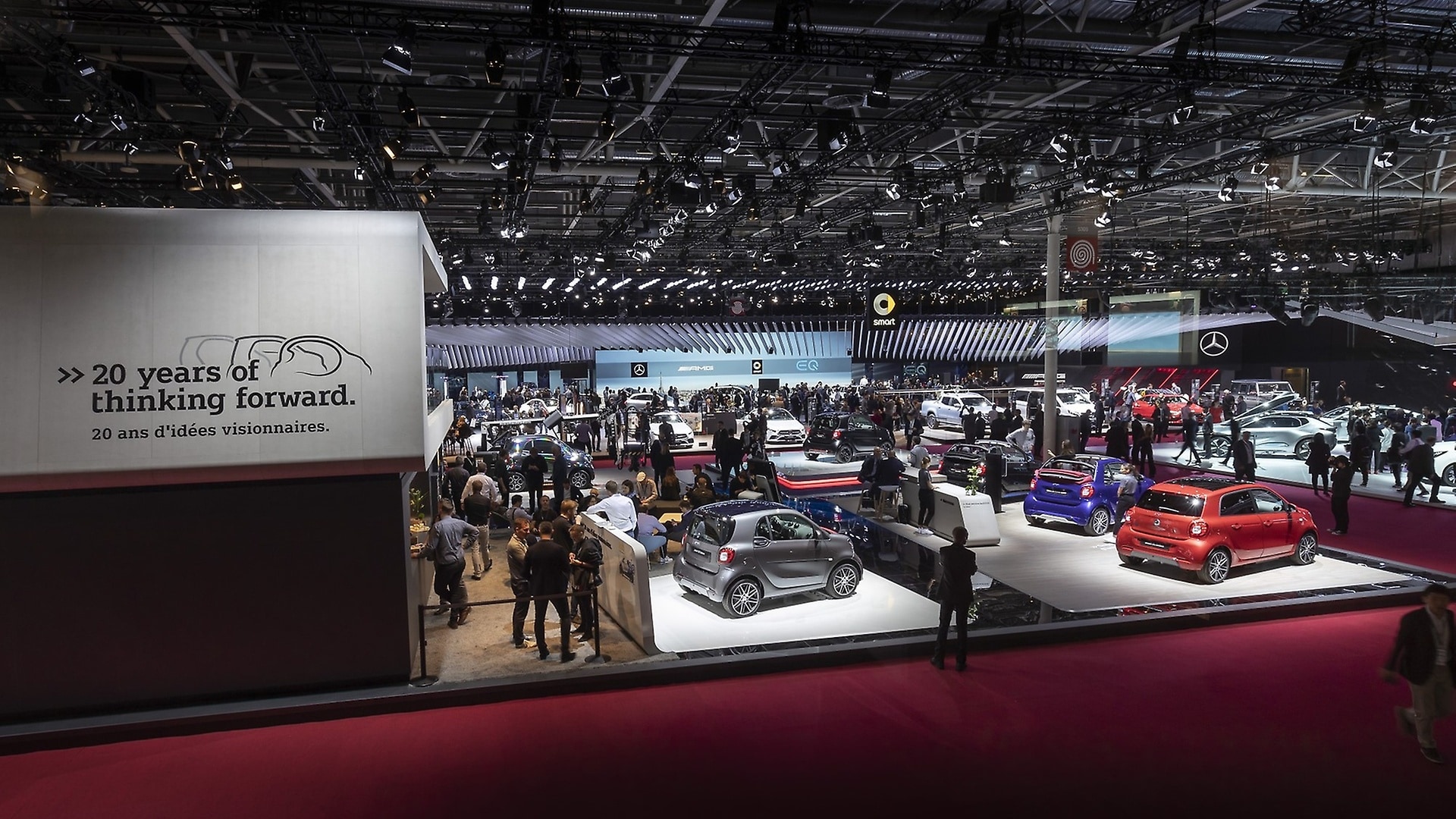
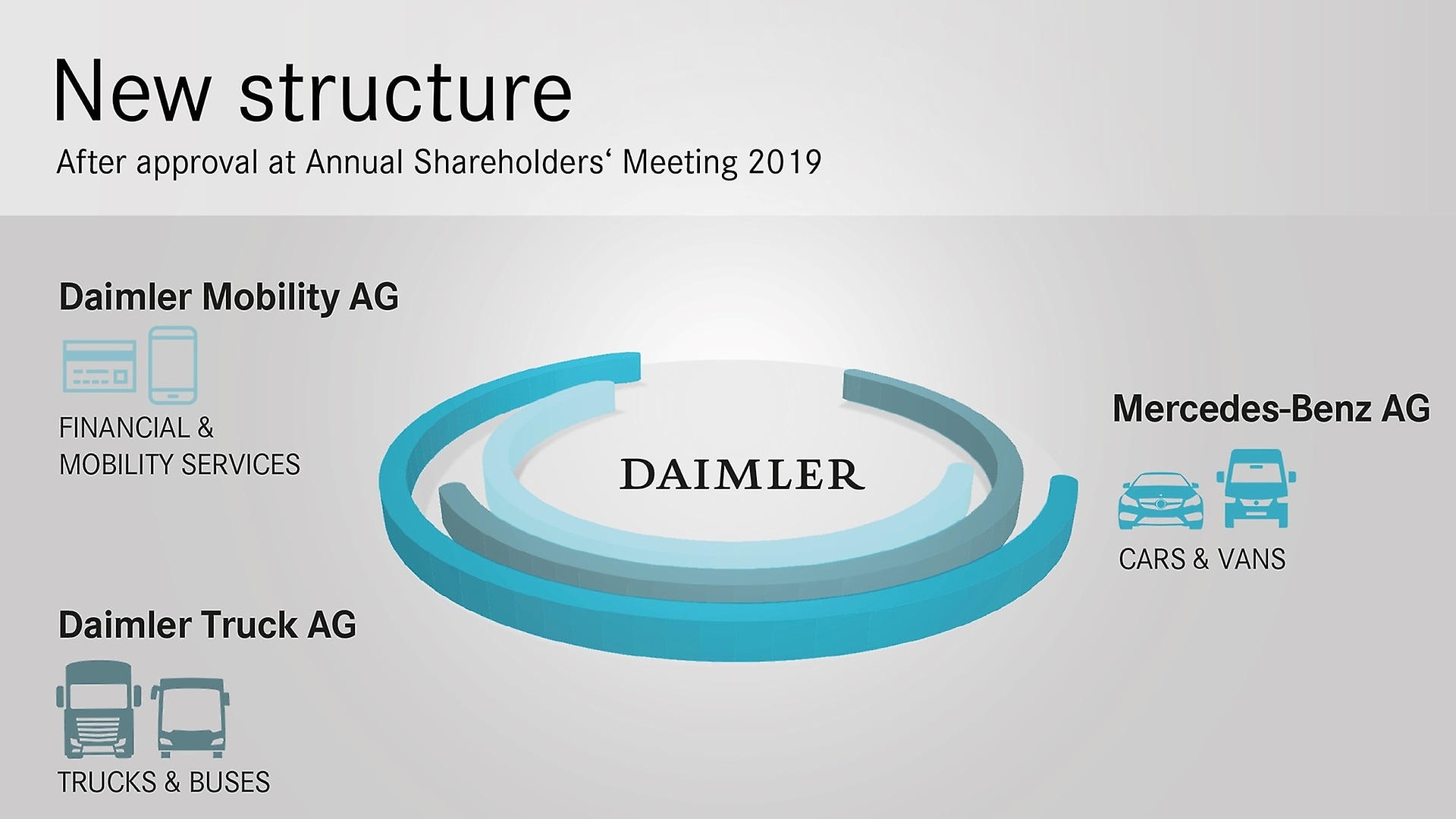
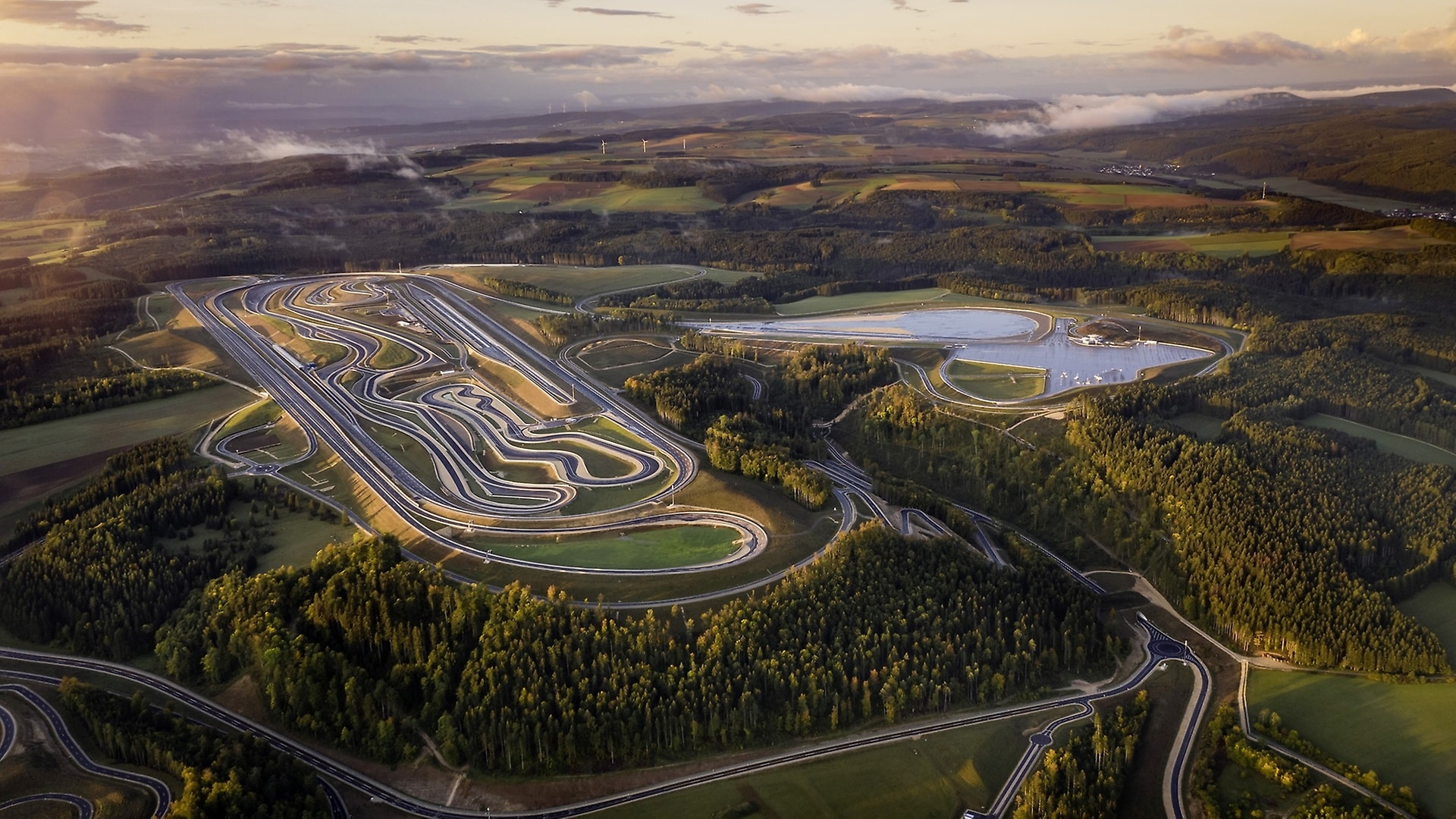


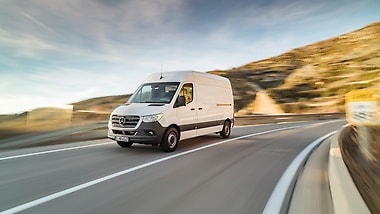
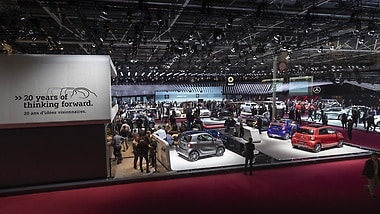

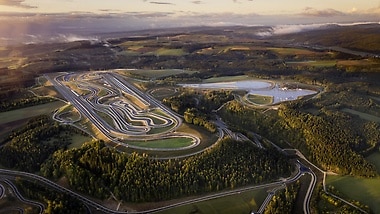
Mercedes-Benz celebrates the world premiere of the new all-electric EQC in Stockholm (combined electrical consumption: 20.8 – 19.7 kWh/100 km; combined CO₂ emissions: 0 g/km)**. As a vehicle running solely on battery-electric power, the EQC represents an impressive combination of comfort, quality, and everyday practicality. In visual terms the crossover SUV pioneers an avantgarde electro-look.
Mercedes-Benz puts its eActros electric truck on the road with customers. Ten vehicles in two variants, with a gross vehicle weight of 18 or 25 tonnes, are handed over to customers, who test the vehicles' everyday feasibility and economic efficiency under real-life conditions. Long-term goal: locally emission-free and quiet driving in urban environments with standard-production trucks. The eActros offers a range of up to 200 km with the customary levels of performance and payload.
Daimler Trucks celebrates no less than four world premieres with the unveiling of the new Actros. Boasting more than 60 new features, Daimler can justifiably claim that it is the world's most sophisticated truck.
With the new Sprinter, Mercedes-Benz Vans ushers in the digital age in this vehicle category. The third-generation Sprinter embodies the development of the business unit from purely a vehicle manufacturer to a provider of end-to-end transport and mobility solutions. With new connectivity services, electric drive, and individual hardware solutions for the cargo space, the large van is designed to make customers' business significantly more efficient.
It's been 20 years since the launch of one of the most extraordinary series-production vehicles.
Daimler is realigning itself for the future. The Board of Management and Supervisory Board of Daimler AG have agreed on a new group structure for Daimler AG. The associated worldwide checks aimed at establishing the organizational and tax implications have been completed successfully.
The all-electric Mercedes-Benz eCitaro celebrates its world premiere.
Daimler Trucks unveils two new all-electric trucks from US subsidiary Freightliner, with customer testing due to start in late 2018. A total of 30 Freightliner eCascadia trucks are delivered to American customers. This makes Daimler the world's first manufacturer to test electrically powered trucks of all weight categories in day-to-day transport operations together with customers.
Opening of the test center. Daimler has invested more than €200 million in the new test and technology center. This is where we are consolidating our worldwide vehicle testing, and where we will further develop alternative drive systems such as hybrid and electric models under the product and technology brand EQ, and test future assistance systems and autonomous driving functions.
With the Vision URBANETIC, Mercedes-Benz Vans presents a revolutionary mobility concept that goes way beyond previous ideas about self-driving vehicles.
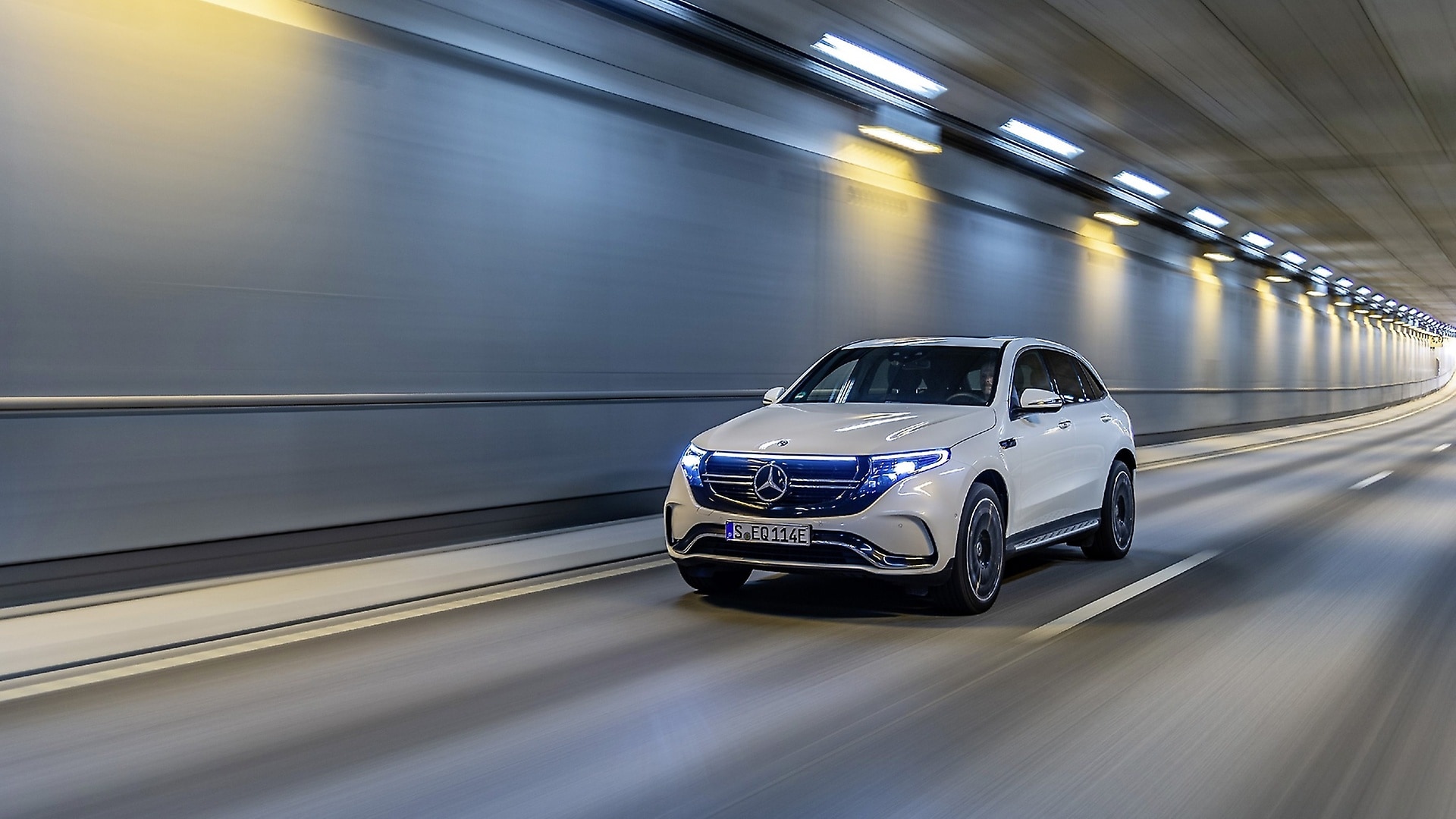
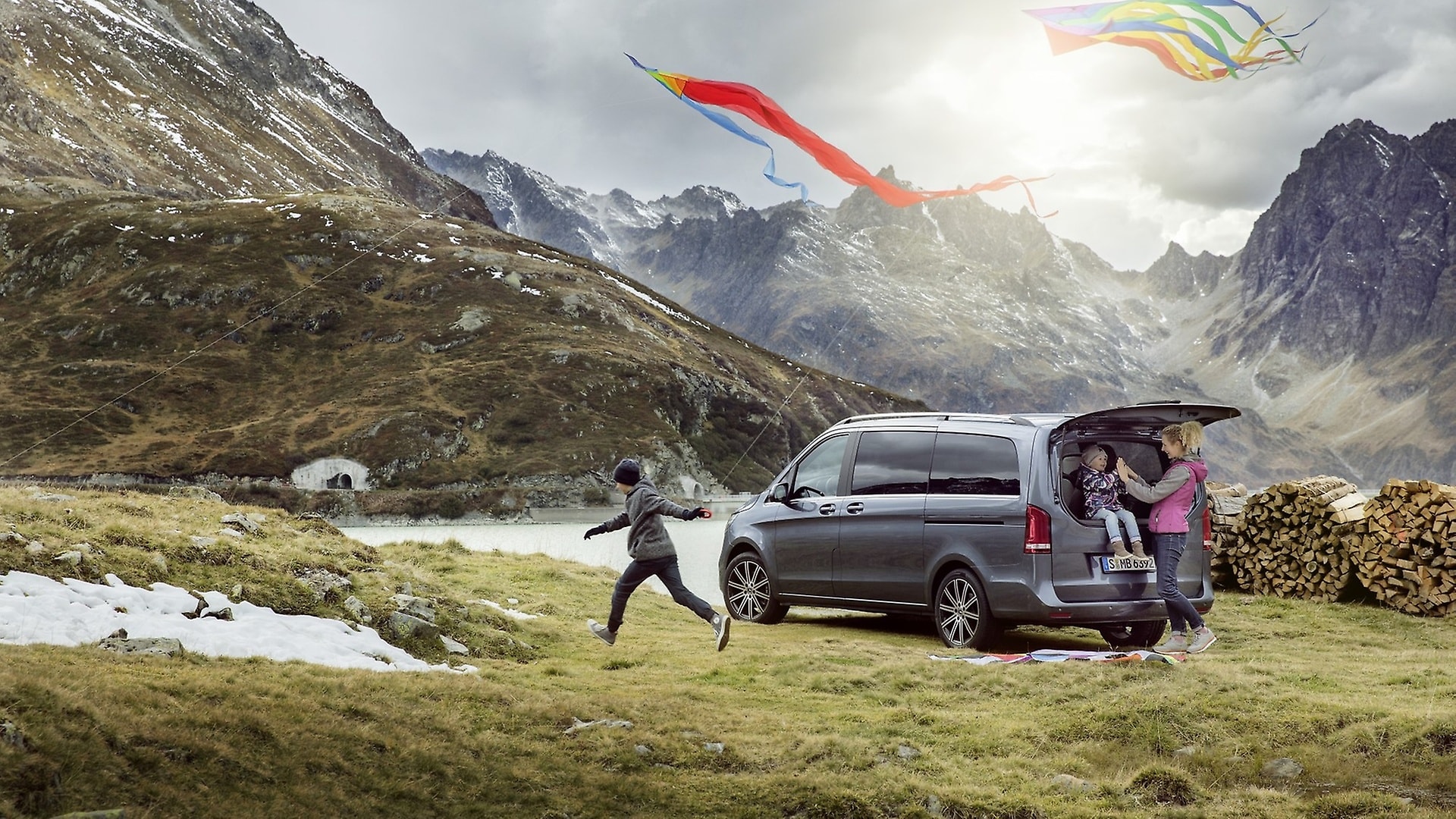
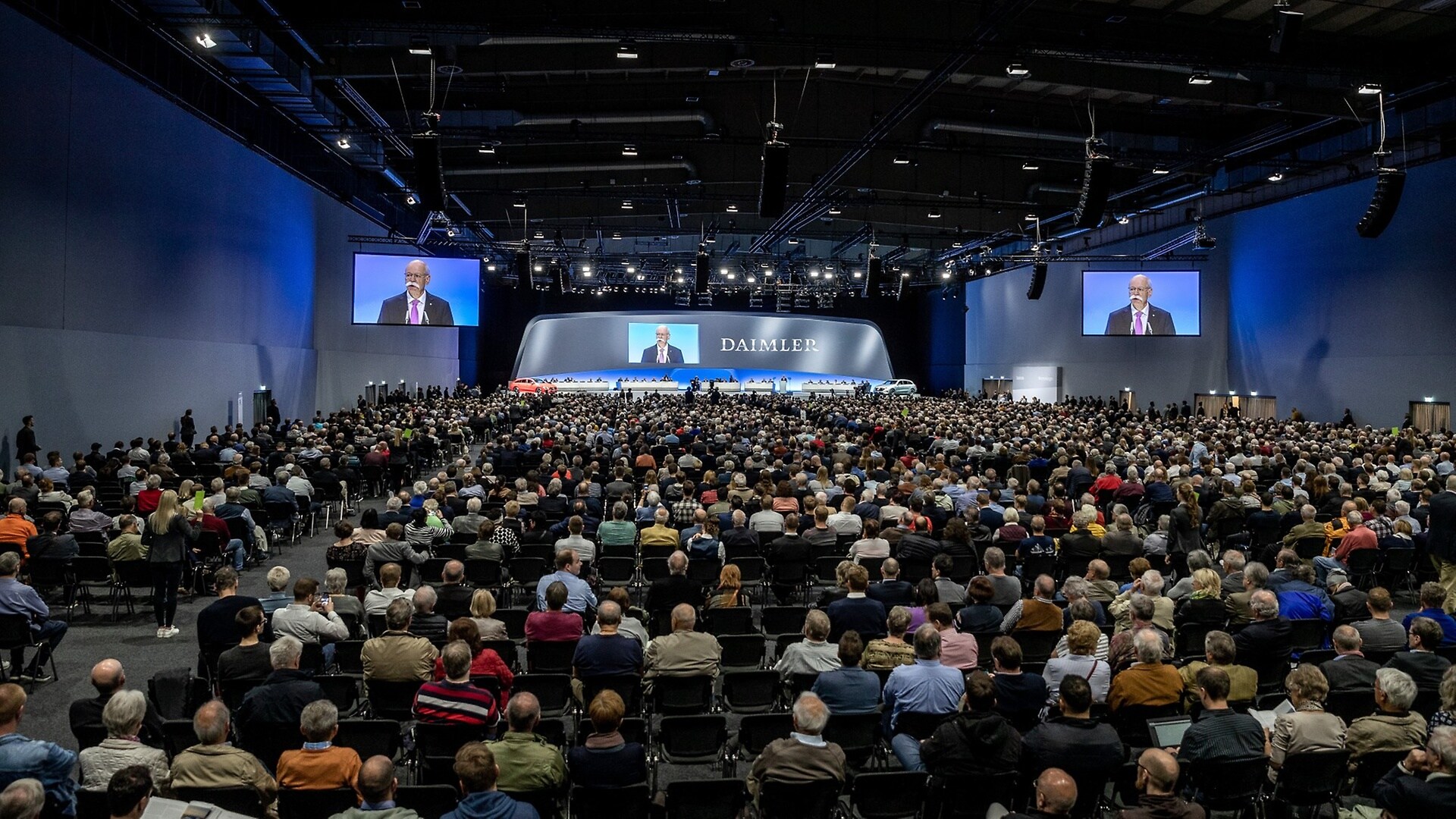
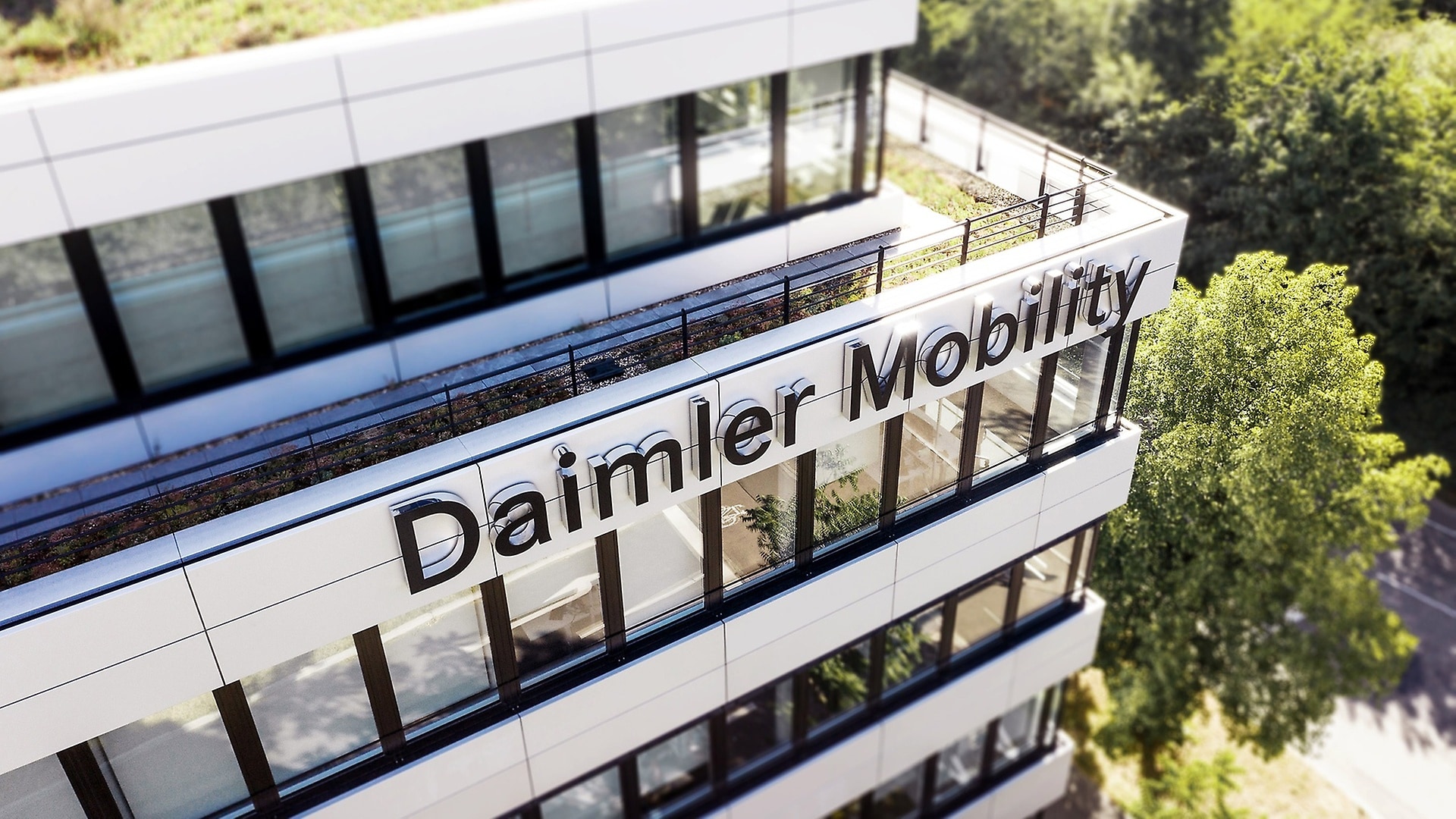
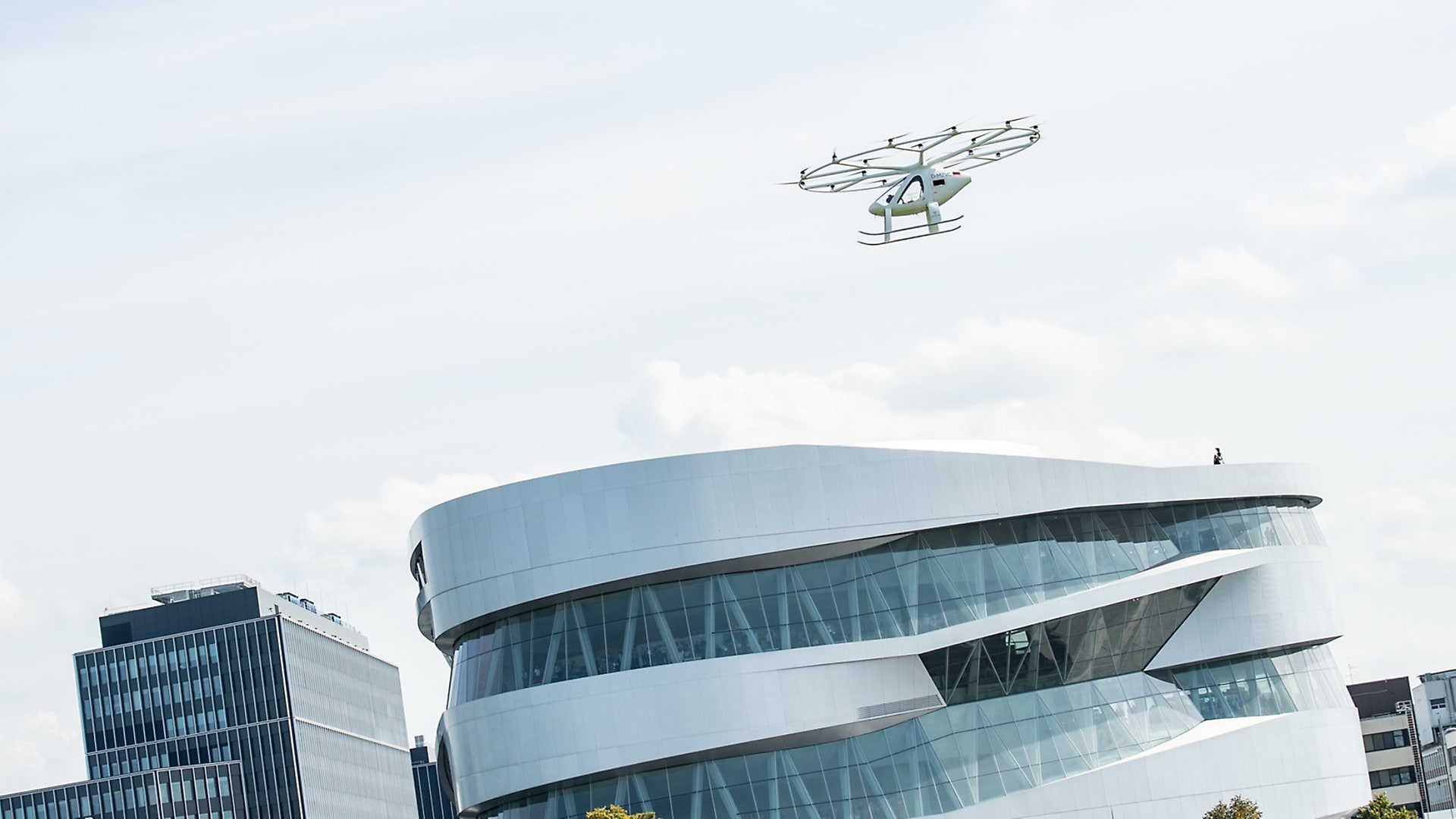

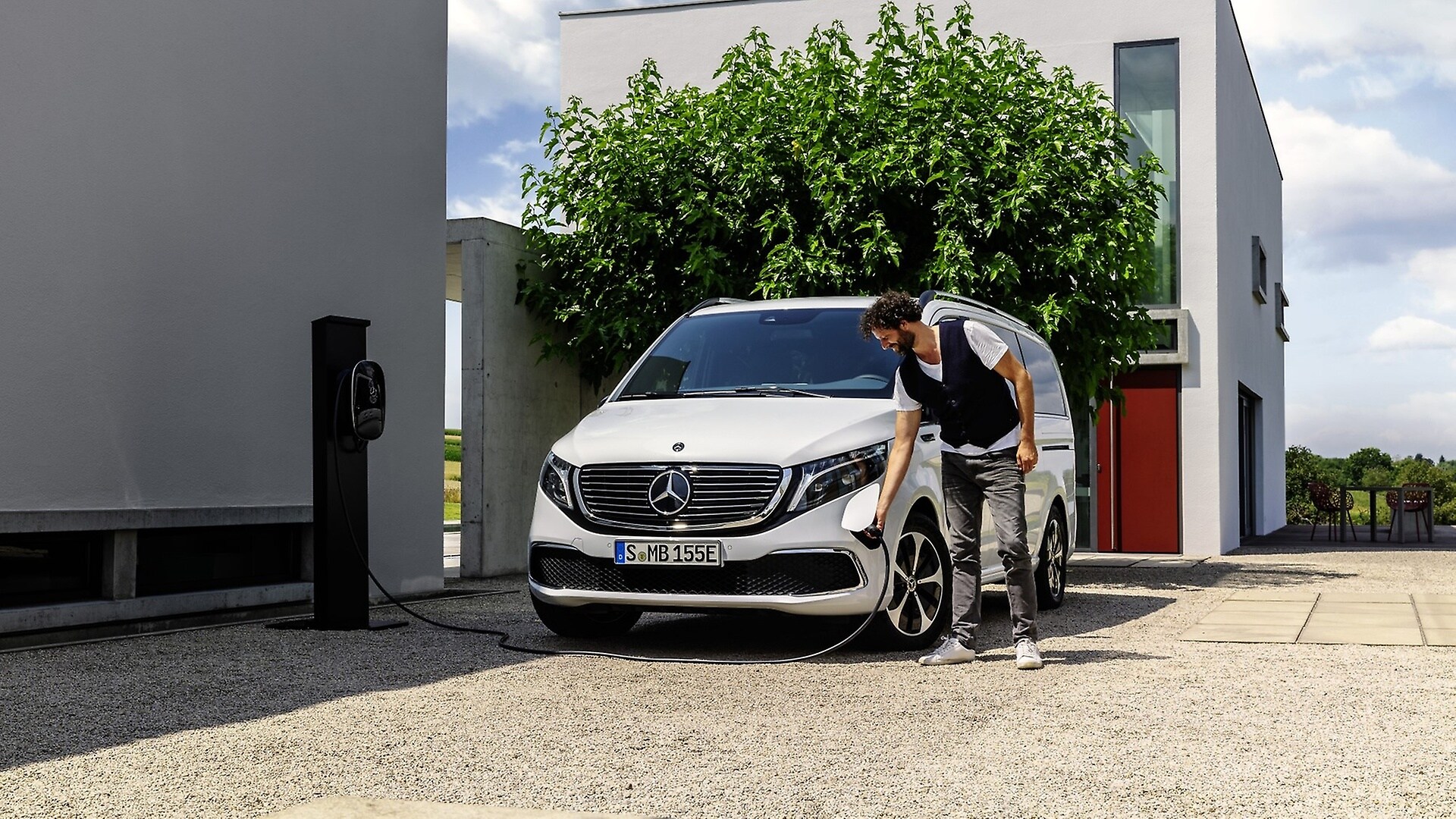
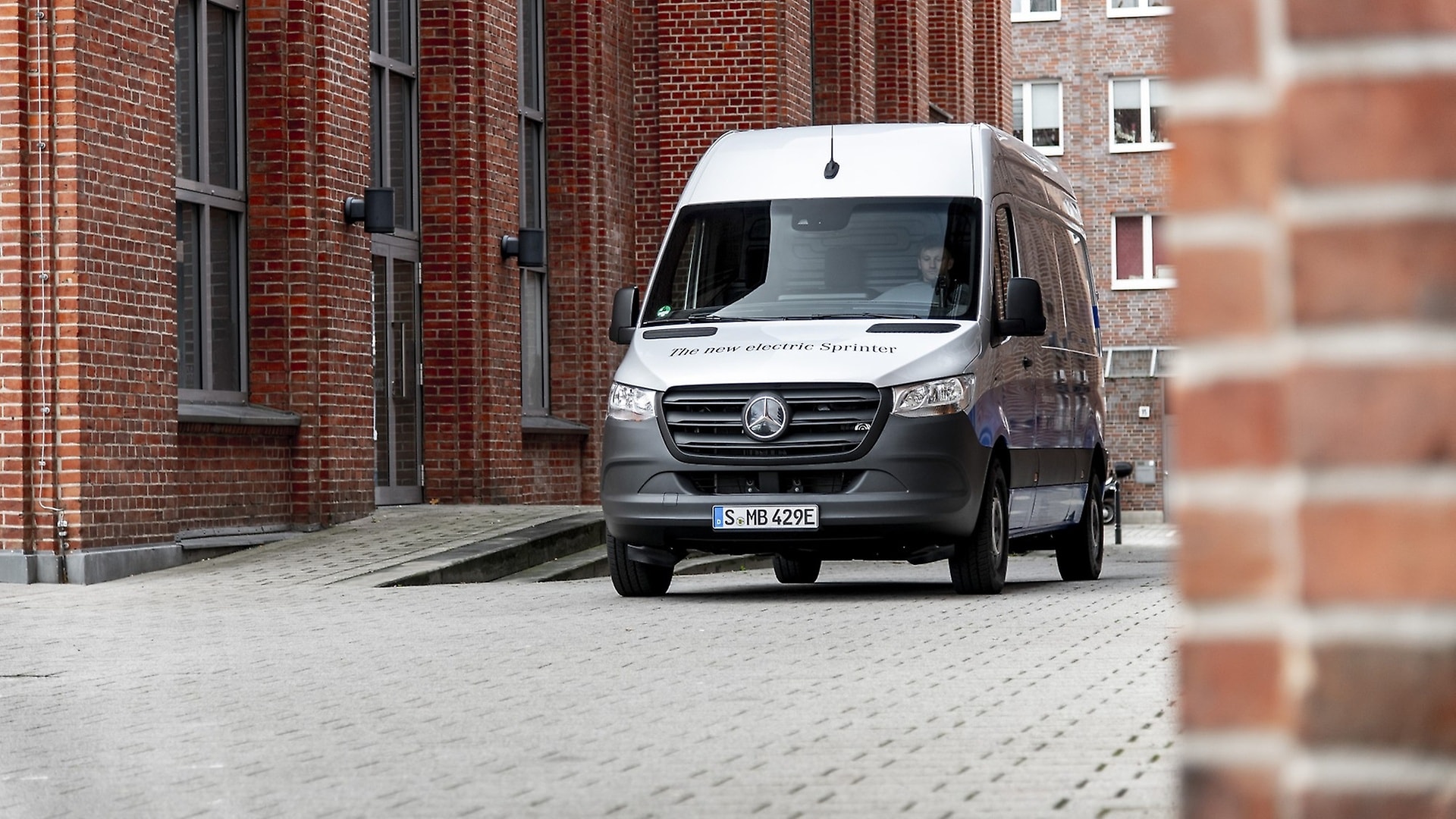

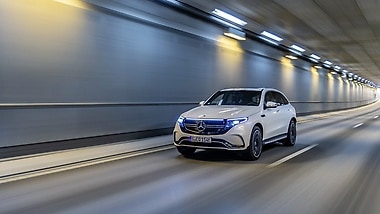
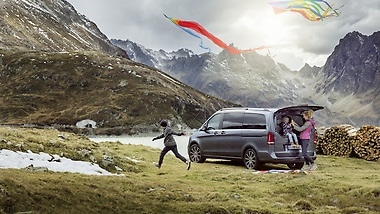
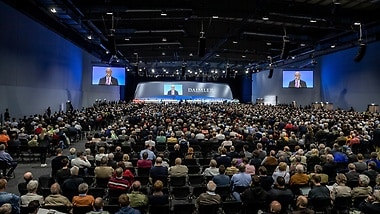
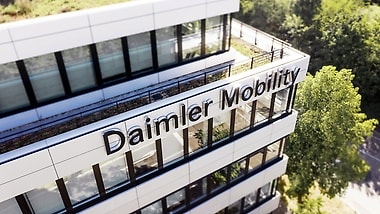

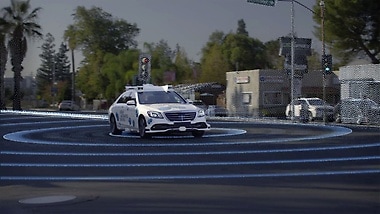
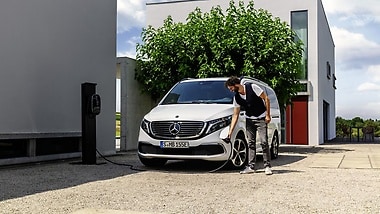
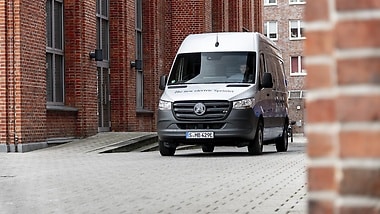

The EQC (combined electrical consumption: 20.8 - 19.7 kWh/100 km; combined CO₂ emissions: 0 g/km)** is the first Mercedes-Benz EQ vehicle to hit the road. With its seamless, distinctive design and the brand's hallmark color highlights, it is a pioneer for an avantgarde electro-look and embodies the design idiom of Progressive Luxury. In terms of quality, safety, and comfort, the EQC is the Mercedes-Benz of electric vehicles, impressing customers with the sum of all its characteristics.
Mercedes-Benz launches the enhanced version of its popular MPV in 2019. The facelift makes the V-Class even more stylish and dynamic, with the focus on a new front-end design, the introduction of the OM 654 generation of four-cylinder diesels with a new flagship engine, as well as the latest safety and assistance systems.
With a large majority, the Daimler shareholders have approved a new group structure with Daimler AG as holding company.
Dr. Dieter Zetsche resigns his seat at the end of the Annual Shareholders' Meeting. Ola Källenius takes over as Chairman of the Board of Management of Daimler AG and Head of Mercedes-Benz Cars.
Bodo Uebber decides not to extend his contract with Daimler AG, which runs until the end of 2019. He steps down from the Board of Management by mutual agreement at the end of the Annual Shareholders' Meeting on May 22, 2019. He is succeeded by Harald Wilhelm, who assumes Board of Management responsibility for Finance & Controlling and the Daimler Financial Services division at the end of the Annual Shareholders' Meeting.
Daimler Financial Services AG is renamed Daimler Mobility AG, effective from July 24, and acts as a provider of financing, leasing, insurance, and fleet-management services for the entire Daimler Group. Furthermore, the Daimler Mobility business division is a strategic investor in mobility services such as FREE NOW, SHARE NOW, and Blacklane. Flexible service offerings like Mercedes-Benz Rent (car rental) and Mercedes me Flexperience (car-on-demand solution) complete the mobility ecosystem.
First flight of a Volocopter in a European city center.
The Daimler Group launches its new corporate structure on November 1, 2019, as planned. The separation of the car/van and truck/bus business into subsidiaries takes effect at the end of October with their respective entries in the Commercial Register.
Commercial-vehicle journalists from 24 European countries voted the Mercedes-Benz Actros Truck of the Year of the fifth time. With a total of nine victories, Mercedes-Benz is now the most successful brand in the fight for the Truck of the Year accolade. The International Truck of the Year (ITotY) jury chooses the winner based on innovative technological developments. The new Mercedes-Benz Actros scores points with new features such as the Multimedia Cockpit, MirrorCam instead of exterior mirrors, partially automated driving with Active Drive Assist or further advanced safety systems such as fifth-generation Active Brake Assist, and the further enhanced Sideguard Assist.
Bosch and Mercedes-Benz's joint project to develop automated driving enters a new stage. Their pilot project for an app-based ride-hailing service using automated Mercedes-Benz S-Class vehicles launches in the Silicon Valley city of San José. Monitored by a safety driver, the self-driving cars shuttle between West San José and downtown, along the San Carlos Street and Stevens Creek Boulevard thoroughfares.
As the next member of the Mercedes EQ family, the EQV (combined electrical consumption: 27.0 kWh/100 km; combined CO₂ emissions: 0 g/km, provisional figures)¹ combines locally emission-free mobility with impressive driving abilities, high functionality, a standard-fit fast-charging function, and MBUX with EQ-specific functions and intelligent "Hey Mercedes" voice control as one of the world's first purely battery-electric-powered MPVs in the premium segment.
¹ Data on electrical consumption and range is provisional, and was determined by the Technical Service for notification procedure in accordance with UN/ECE Regulation No. 101. An EU type-approval certificate and a certificate of conformity with official values are not yet available. The figures given above may deviate from the official values.
The new GLA completes the latest generation of Mercedes-Benz compact cars. It is also the entry-level model in the brand's successful SUV model range.
As the second commercial model after the eVito, the new Mercedes-Benz eSprinter continues the systematic program of electrification at Mercedes-Benz Vans. The eSprinter offers a flexible battery and payload concept for various customer profiles. It is available initially as a panel van with a permissible gross weight of 3,500 kilograms. The range with a utilizable battery capacity of 47 kWh (installed: 55 kWh) is 168 kilometers¹ with a maximum payload of 891 kilograms. The integrated fast-charge function also ensures flexibility and means the battery can be recharged to 80 percent in around 30 minutes.
The Mercedes-Benz Düsseldorf plant stages an event for employees and invited guests in December 2019 to celebrate the launch of Mercedes-Benz eSprinter series production and thus also the beginning of a new era. Conventionally driven vehicles and all-electric vehicles will be produced on a single production line in the future.
¹ The range was determined based on Regulation (EC) 692/2008. The range depends on the vehicle configuration. The actual range also depends on the individual driving style, road and traffic conditions, outside temperature, use of air conditioning/heating etc., and may vary.
After the successful start of the YOUR NOW joint ventures in February 2019, the companies are maintaining their dynamic growth course: Almost 90 million people currently use the joint ventures' mobility services for car-sharing, ride-hailing, parking, charging, and multimodal platforms, which are offered in over 1,300 cities worldwide.
The shareholders are now setting course for the joint ventures' next phase of expansion, which will be focused on profitable growth. The services offered by the joint ventures will continue to be tailored to customer needs and clustered into three pillars: 1. FREE NOW. 2. SHARE NOW. 3. PARK NOW & CHARGE NOW.
As part of its ongoing strategic electric vehicle offensive, Mercedes-Benz Cars builds a battery plant at Jawor in Poland, thus expanding its global battery production network to nine plants.
Mercedes-Benz Cars has set itself a series of ambitious but nevertheless realistic objectives subsumed under the heading of "Ambition 2039". This involves the auto manufacturer taking a holistic view of "Sustainability" along the entire value chain. The ultimate aim is to transform the entire passenger car portfolio to be CO₂-neutral with effect from 2039. This includes topics like "raw materials" and "supply chain", the production of the vehicles as well as the use phase and concepts for recycling.
Mercedes-Benz Cars continues the systematic development of its plug-in hybrid vehicles under the label EQ Power, adding the GLC and GLE to the familiar line-up of C, E and S-Class models. The latest members of the EQ Power family, the A and B-Class, further reinforce the plug-in offensive: By 2020 the company aims to extend the portfolio to include well over 20 model variants – with a gradually increasing electric driving range.